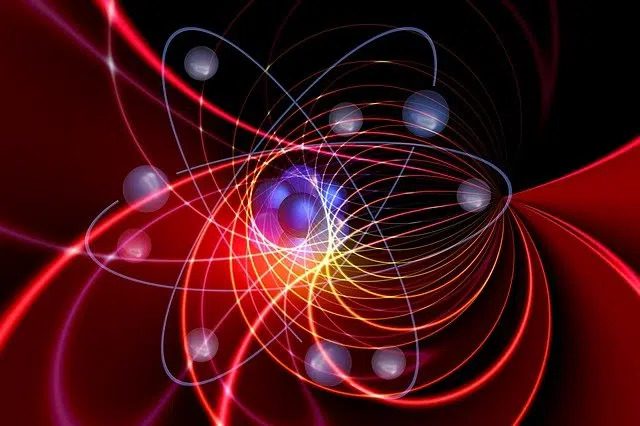
The German Max Planck is considered the father of quantum physics.
Determining the etymological origin of the quantum term that concerns us now leads us to rule that it comes from Latin. Specifically, this word is the result of the derivation from the Latin word " quantum ", which can be translated as "how much".
Quantum is an adjective used in the field of physics . The concept refers to what is linked to certain jumps in energy when emitting or absorbing radiation, which are known as quanta .
A branch of physics
Quantum physics , therefore, is linked to the theories on which these properties are based. Max Planck (1858-1947), a German -born physicist who won the Nobel Prize in Physics , is considered to be primarily responsible for the development of quantum theory .
However, the great genius Leonardo da Vinci is considered to be one of the first historically important figures who was curious about this phenomenon and did not hesitate to study it in depth. Specifically, he made it from the water that fell into the ponds at that time.
Other scholars who were also responsible for contributing to the development of quantum theory were Louis de Broglie and Erwin Schrödinger.

The idea of quantum is linked to quanta, which are the jumps in energy when absorbing or emitting radiation.
Quantum states
This branch of knowledge specializes in the analysis of energy and matter , focusing on how they behave under different environments and situations. According to quantum theory, all systems host different physical states that can be described by equations. These states are known as quantum states .
The studies of elementary particles , the nucleus of the atom and the atom in general are part of the scope of quantum physics, whose discoveries are applied in electronics and other areas.
Contributions and questions from different thinkers
It is important to note that, today, the science of physics is mainly based on quantum theory and the theory of general relativity . Albert Einstein himself, however, disagreed with various postulates of quantum physics. One of the differences marked by specialists that Einstein had with respect to quantum theory is that, for the father of the theory of general relativity, a subatomic particle is not able to occupy more than one space simultaneously.
There is also the so-called quantum turbulence. What is it? It is a unique phenomenon that allows us to understand the chaotic movements that fluids undergo at a subatomic level, whenever they are at temperatures close to zero.
However, the great genius Leonardo da Vinci is considered to be one of the first historically important figures who was curious about this phenomenon and did not hesitate to study it in depth. Specifically, he made it from the water that fell into the ponds at that time.
Other uses of the adjective quantum
In the same way, we cannot ignore the existence of what is known as quantum computing . It is a fundamental pillar within the field of computing, also called computing, whose main hallmark is that, instead of using the usual bits, it uses qubits.
Closely related to the world of science and the term at hand, there is the web space that responds to the name of Cuentos Cuánticos . In it, Internet users have the possibility of enjoying reading different stories and approaches about peculiarities and curiosities of scientific branches.
